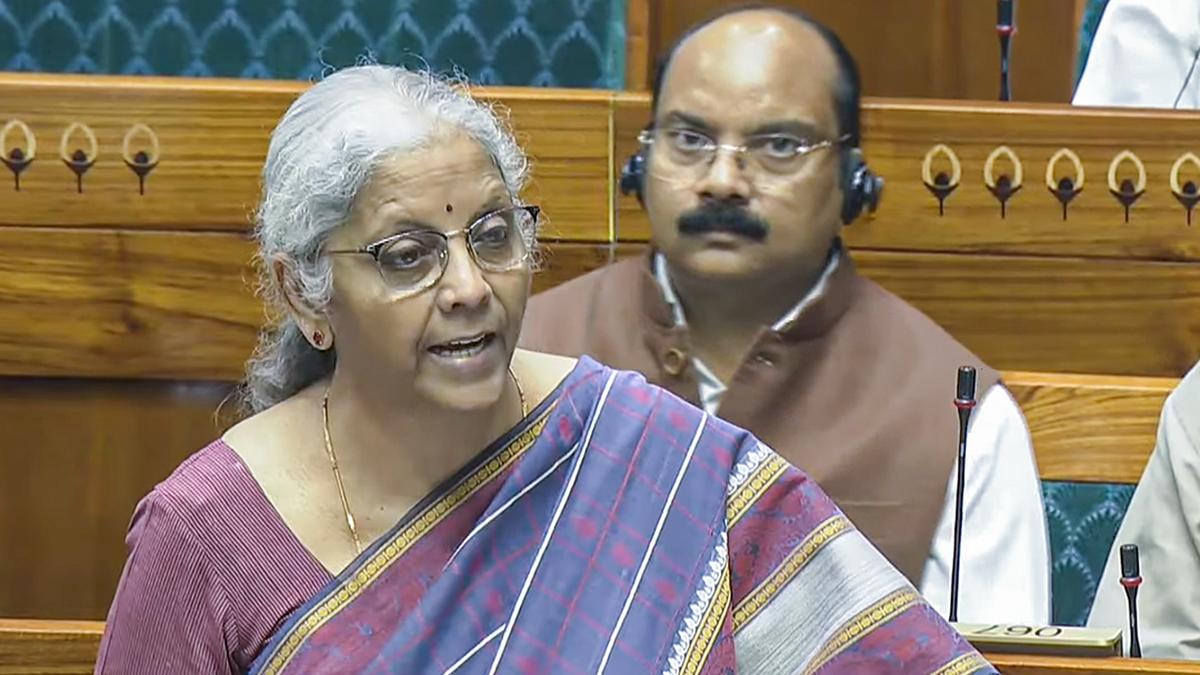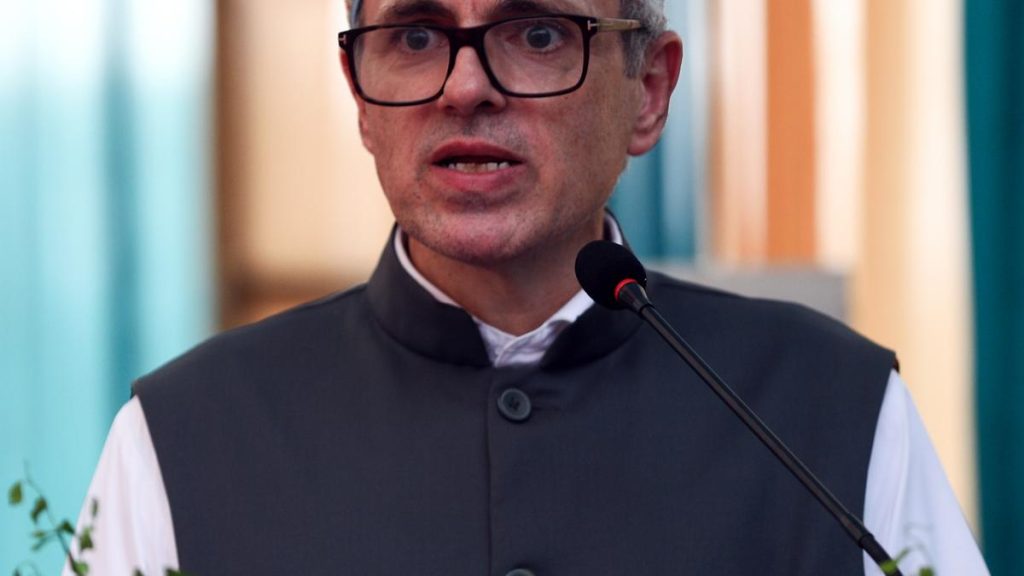Now Reading: FM Sitharaman Rules Out Restoring Old Pension Scheme
-
01
FM Sitharaman Rules Out Restoring Old Pension Scheme
FM Sitharaman Rules Out Restoring Old Pension Scheme

Quick Summary
- Old Pension Scheme (OPS): The Government of India has no proposal to restore OPS for central government employees covered under National Pension System (NPS). This was clarified by Finance Minister Nirmala Sitharaman in Parliament.
- National Pension System (NPS): Introduced in 2004, this is a defined contribution-based scheme for central government employees, except the armed forces.
- Unified Pension Scheme (UPS): Launched on January 24, 2025, UPS has been introduced under NPS as an option providing assured payouts after retirement.
– assured payout: Equal to 50% of the average basic pay over the last twelve months before retirement with minimum service of 25 years. proportionate payouts apply for shorter service periods.
– Additional benefits: Employees opting for UPS are eligible for benefits under CCS pension rules in cases like death during service or disability.
– Fiscal sustainability emphasized in design.
- Household Financial Position: Financial liabilities increased moderately by 5.5 percentage points from March 2020 to March 2024 alongside an increase in assets by 20.7 points; net financial position improved as of FY24.
- Retail Loans: Bank retail loans increased moderately from March ’24 to March ’25, but growth slowed year-on-year. Gross Non-Performing Assets ratio remains stable at 1.18%; unsecured loans make up only a quarter of retail loans.
Indian Opinion Analysis
The government’s decision not to restore the OPS reflects its focus on fiscal sustainability and long-term financial planning amidst rising costs associated with guaranteed pensions under OPS. Instead, measures like the introduction of Unified Pension Scheme (UPS) aim to balance fiscal responsibility with employee welfare using assured payouts combined with flexibility under CCS provisions.
For individuals covered under NPS since its inception in 2004, UPS represents a potential improvement without reverting entirely to older models deemed fiscally unsustainable. This pragmatic approach seeks harmony between demands for secure retirements and controlling future liability burdens on public coffers.
On broader economic dynamics regarding household finances and banking trends-while liabilities are increasing moderately-the substantial rise in household financial assets suggests economic resilience among Indians despite slowing retail loan growth rates and stable asset quality metrics within banks.
Read more: Why did the Centre alter its pension plan
























